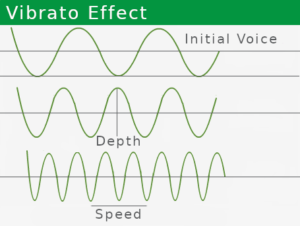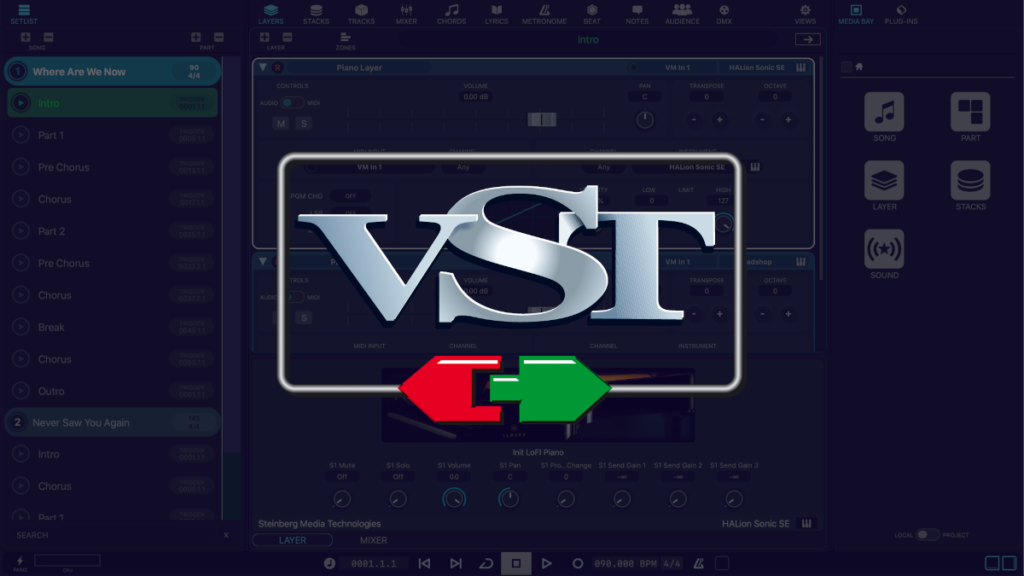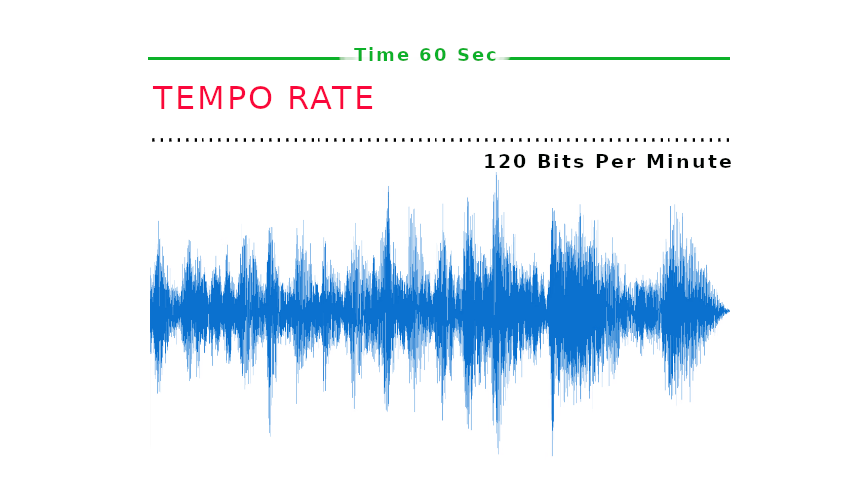In this blog we will discuss the basic requirements and setup to create an audio plugin. An audio plugin means that runs as VST, VST3, AU, RTAS, AAX in a host application like , Apple Mainstage, Logic or REAPER. A VST host can be a DAW or a dedicated software program just for running VSTs.
Basically there are two types of environment we can adopt to create a audio plugin.
- Drag and drop less or without code frame work
- Setup an environment then programing or coding











 dearVR PRO 2
dearVR PRO 2


